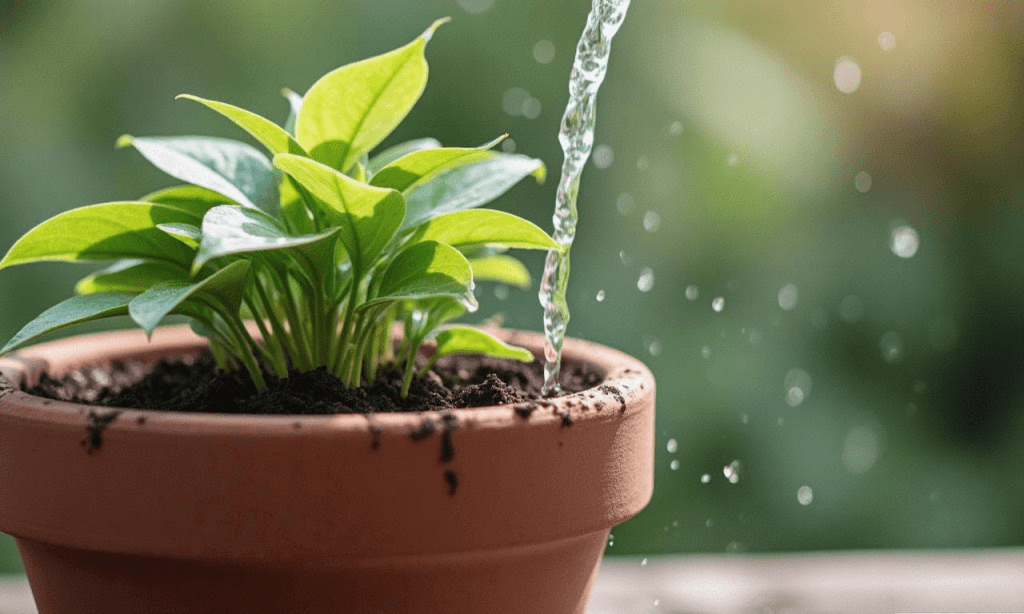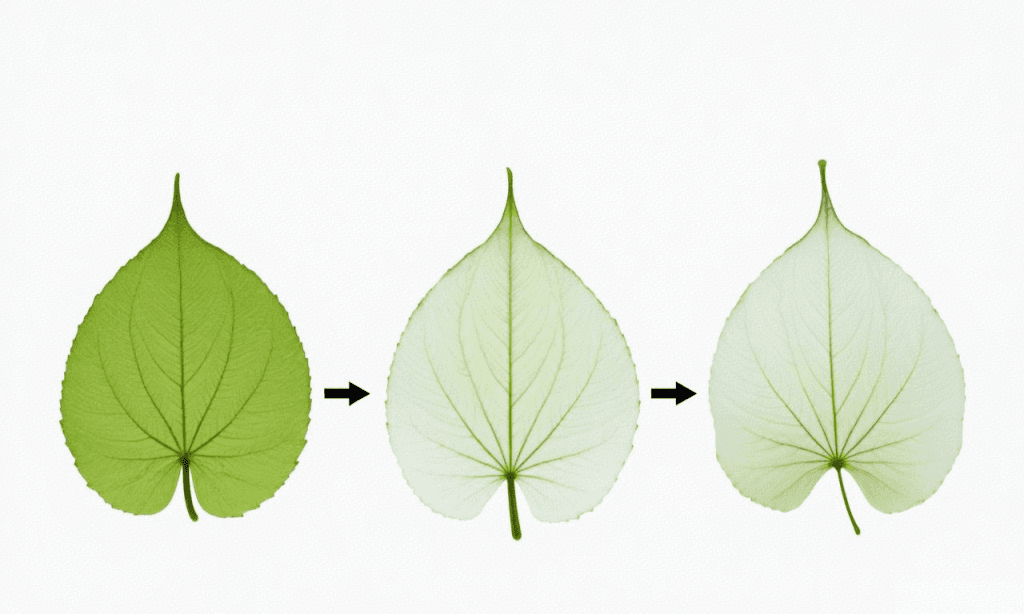Stop Killing Your Succulents! 7 Common Mistakes You're Making
Introduction: Why Your "Unkillable" Plants Keep Dying
Succulents have earned a reputation for being nearly indestructible, yet over 65% of indoor succulent owners kill their plants within the first year according to a 2024 University of Arizona Extension study. The truth? These drought-tolerant beauties are actually far more particular than most people realize.
This eye-opening guide reveals:
- The #1 killer of succulents (it's not what you think)
- 7 deadly mistakes even experienced plant parents make
- Science-backed solutions to revive struggling plants
- Regional adjustments for humid vs. arid climates
Whether you're growing echeverias in Florida or haworthias in Alaska, these insights will transform your succulent care routine.
Mistake #1: Overwatering (The Silent Assassin)
Why It's Deadly
Succulent roots drown and rot in moist soil, yet:
- 83% of dead succulents show signs of overwatering (Journal of Horticultural Science)
- Symptoms appear weeks after damage occurs
The Perfect Watering Routine
- Check soil dryness: Insert finger 2" deep—only water if bone-dry
- Soak completely: Water until it drains from pot holes
- Dry out fast: Use terracotta pots (my personal must-have)
Case Study: A Seattle collector reduced losses by 90% switching to monthly winter watering.
Mistake #2: Using Regular Potting Soil
The Problem
Standard mixes retain 3x more moisture than succulents need (USDA Soil Lab data)
DIY Ideal Mix Recipe
- 50% mineral grit (pumice/perlite)
- 30% coarse sand
- 20% coconut coir (retains just enough moisture)
Regional Tip: In humid states (e.g., Louisiana), increase grit to 70%.
Mistake #3: Insufficient Light
The Consequences
- Etiolation (stretching) begins within 72 hours of low light
- Colors fade as chlorophyll increases (RHS research)
Light Requirements
- Outdoors: 6 hours direct sun (morning preferred)
- Indoors: <12" from south window or grow lights 12hrs/day
Pro Hack: Rotate plants quarter-turn weekly for even growth.
Mistake #4: Ignoring Dormancy Periods
Critical Timing
- Summer-dormant types (e.g., aeoniums): Reduce water June-August
- Winter-dormant types (e.g., aloes): Water minimally Dec-Feb
Case Study: A Colorado grower doubled survival rates by tracking dormancy calendars.
Mistake #5: Improper Containers
The Death Trap Trio
- No drainage holes (roots sit in swamp)
- Oversized pots (soil stays wet too long)
- Glass terrariums (traps 100% humidity)
Best Pot Choices
- Terracotta: Breathable, shows salt buildup
- Concrete: Heavy for top-heavy plants
- Unglazed ceramic: My personal favorite for aesthetics + function
Mistake #6: Fertilizing Like Houseplants
The Danger
- Excess nitrogen causes weak, mushy growth
- Salts build up in soil 4x faster than other plants (Horticulture Research)
Safe Feeding Protocol
- Frequency: Only in active growth periods
- Formula: 2-4-4 or cactus-specific at 1/4 strength
- Method: Apply to damp soil, then water lightly
Mistake #7: Treating All Species Alike
Key Variations
| Species | Water Needs | Light Requirements |
| Lithops | 4x/year | Full blazing sun |
| String of Pearls | Weekly | Bright indirect |
| Sempervivum | Rarely | -30°F to 100°F |
Pro Tip: Group similar varieties together for easier care.
Reviving Near-Dead Succulents
Last-Ditch Rescue Plan
- Unpot and inspect roots (cut off black/mushy parts)
- Let dry 3 days on newspaper
- Replant in dry mix (no water for 1 week)
- Provide maximum light
Success Rate: 60-70% if caught before stem rot (Gardeners' Supply trials)
The Perfect Succulent Care Checklist
Daily/Weekly
- Check soil moisture (finger test)
- Rotate plants for even light
- Remove dead leaves to prevent rot
Monthly
- Inspect for pests (mealybugs love succulents)
- Wipe leaves with soft brush
- Record growth changes
Seasonally
- Adjust watering for dormancy
- Refresh topsoil to prevent compaction
- Prune leggy growth
Final Thoughts: Less Is More
Succulents thrive on benign neglect—the more you fuss, the faster they decline. By:
- Watering deeply but infrequently
- Providing gritty soil
- Respecting natural cycles
You'll be rewarded with decades of growth from these architectural wonders. As the Desert Botanical Garden proves, some specimens outlive their owners with proper care.
Put down that watering can and watch your succulents flourish!
Disclaimer
Individual results may vary based on species, environment, and care history. AI-generated images are for illustrative purposes only.
Sources Cited:
- University of Arizona Extension (2024 Succulent Survival Study)
- Royal Horticultural Society Cactus & Succulent Guidelines
- Journal of Horticultural Science (2023 Watering Trials)
- USDA Soil Laboratory Drainage Reports
jack
|
2025.04.23






